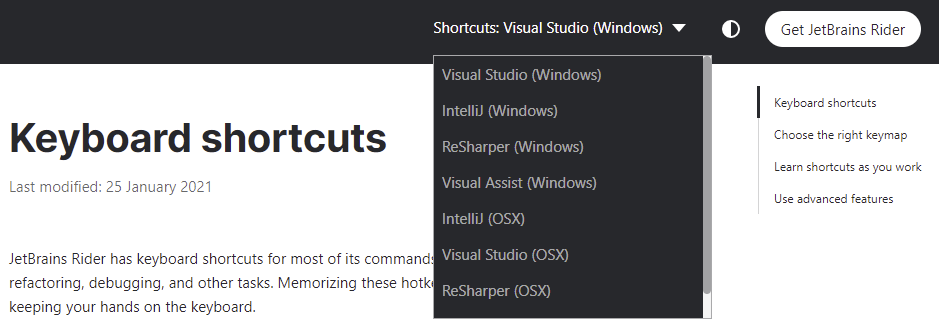


Once you have opened a bunch of new tabs, use Control+Tab or Control+Shift+Tab to step through them.To open a new tab to a specific location, double-click on that location while holding the Command key.And, thankfully, they come with shortcuts: Not only can you use tabs in Safari, but now they’re available in Finder and almost every other app as well. Tabs are all the rage nowadays, and in macOS, they have taken over.
#Mac control for redo how to#
RELATED: How to Add Tabs to Almost Any App in macOS Sierra
#Mac control for redo mac#
To rename a file on your Mac using only the keyboard, select the file and press the Return, then type the name of your new file. There are a number of other ways to rename files on macOS, but using the keyboard is by far the fastest. RELATED: The Fastest Ways to Rename Files on macOS On the other hand, if undoing a mistake turned out to be a mistake, then use redo with Command +Y. When you make one, press Command +Z to undo it. To Select All the text in a file or window, use the shortcut Command +A. Select All is also another good shortcut to have in your back pocket. The old standard copy, cut, and paste actions all work on the Mac, though you’ll only usually see or be able to use cut on text selections (not files). When used in conjunction with Command +Q, this is a sure-fire way to quickly quit unused running apps. To reverse direction, use Command +Shift+Tab instead. To cycle through your apps, hold Command and repeatedly press Tab. It’s far easier and faster to press Command +Tab, which opens the app switcher. You can switch between apps by clicking on their Dock icons, but this is inefficient and time-consuming. In that case, you can press Command +Option+Esc to bring up the Force Quit Applications window (similar to Ctrl+Alt+Delete on Windows machines.)įrom here, just locate the troublesome app and “Force Quit” it. If an app isn’t responding to Command +Q, it could be hung or stuck. You also won’t see them appear on the right side of the Dock instead, the app’s icon will be partially transparent. Hiding an app is a lot like minimizing it, except it will hide all open windows for an app-not just the current one. When you minimize an app, it will be shrunk to an icon running on the Dock’s right side where your Trash and folders also reside. The next time you open the app, you will start over with new windows. What’s the difference? When you close an app, it will close all of an app’s open windows but it will remain running in the background.


 0 kommentar(er)
0 kommentar(er)
